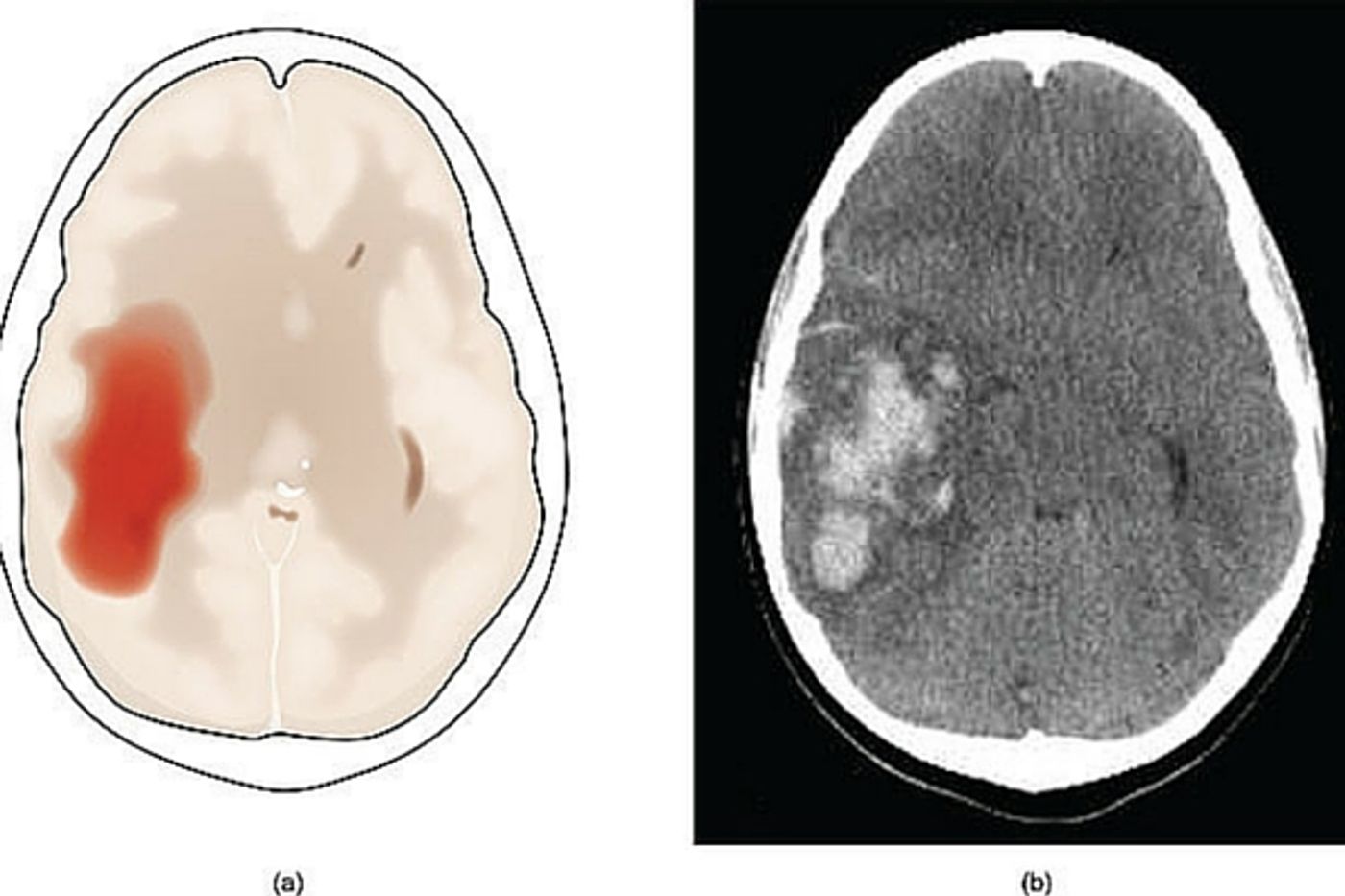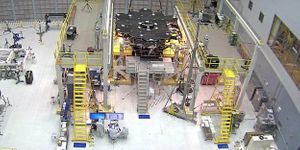When a patient suffers a stroke, the key factor is time. Neurologists call it a Golden Window where “time is brain.”
According the CDC, in the United State someone has a stroke about every four minutes. In one year approximately 795,000 patients will experience a stroke and 185, 000 of those are repeat attacks.
Three hours is pretty much the magic number. If treatment is received within that amount of time, it’s less likely the patient will have a long-term disability. Knowing the signs of an impending stroke is vital. Most people know that any sudden onset of facial numbness or weakness is the number one sign of a stroke, but
according to a study conducted in 2005, 38% of people do not know that slurred speech, severe headache, confusion, trouble walking are other signs of a stroke.
Since it’s sometimes difficult to get a patient who might be having a stroke to an appropriate medical facility, a team at UCHealth in Colorado has taken their act on the road. A Mobile Stroke Treatment Unit (MSTU) is their newest weapon in the race to get stroke patients medical care as fast as possible.
The MSTU is essentially an ambulance on steroids. It carries a head CT scanner, lab testing equipment, and what they call “telestroke” gear that connects the unit to a doctor in real time via video. In addition, the unit is staffed by paramedics as well as a critical care nurse. With the equipement and the uplink to specialists, if it’s determined that the patient is having a stroke, life saving medication to bust clots can be administered en route rather than waiting for the patient to arrive at the hospital.
?
The team that mans the unit, from the nurses, EMTs and hospital specialists to the IT guys monitoring the Telestroke system, has been in training mode for weeks. A series of simulations has begun, all very realistic to make sure that every part of the process runs smoothly.
Scheduling the unit is a key part of using it effectively. It will operate Monday through Friday from 8am to 8pm, alternating being headquartered in Colorado Springs for half the week and Aurora for the other half.
While the technology is new and there isn’t much data, the first MSTU to go live is in
Hamburg Germany and data from that unit shows that time from when the first emergency call was made to when tPA clot busting drugs were administered was cut from 73 minutes down to 38 minutes.
In a press release issued by UCHealth, William Jones, MD, medical director of the stroke service at the University of Colorado Hospital said, “The highly-trained stroke teams at hospitals throughout UCHealth are focused on providing life-saving treatments to stroke patients as quickly as possible. Until now, we’ve had to wait until a patient arrives at the hospital to treat them. Now, our teams are able to actually examine a patient and start treatment before they even arrive at the emergency department.”
Check out the video below to see how this new technology is helping stroke patients have a better outcome.









